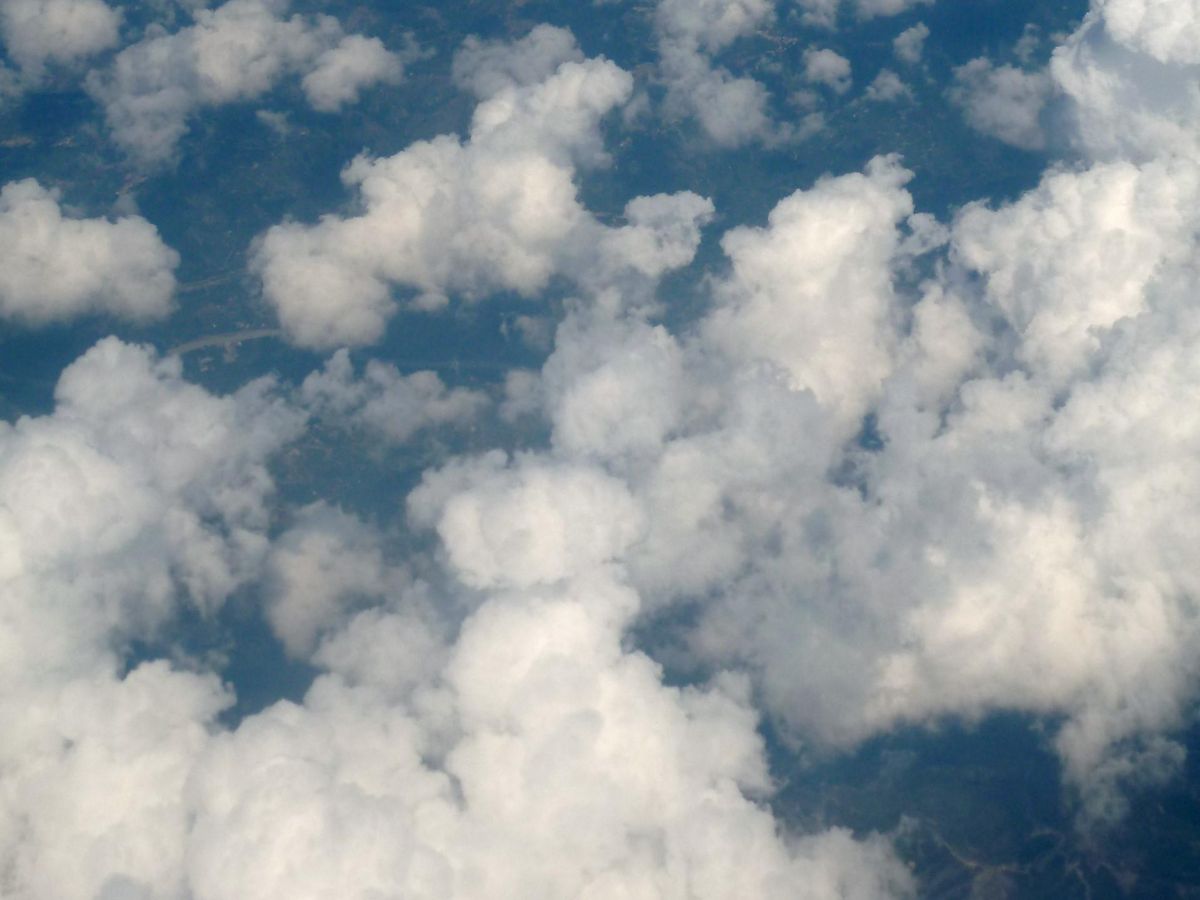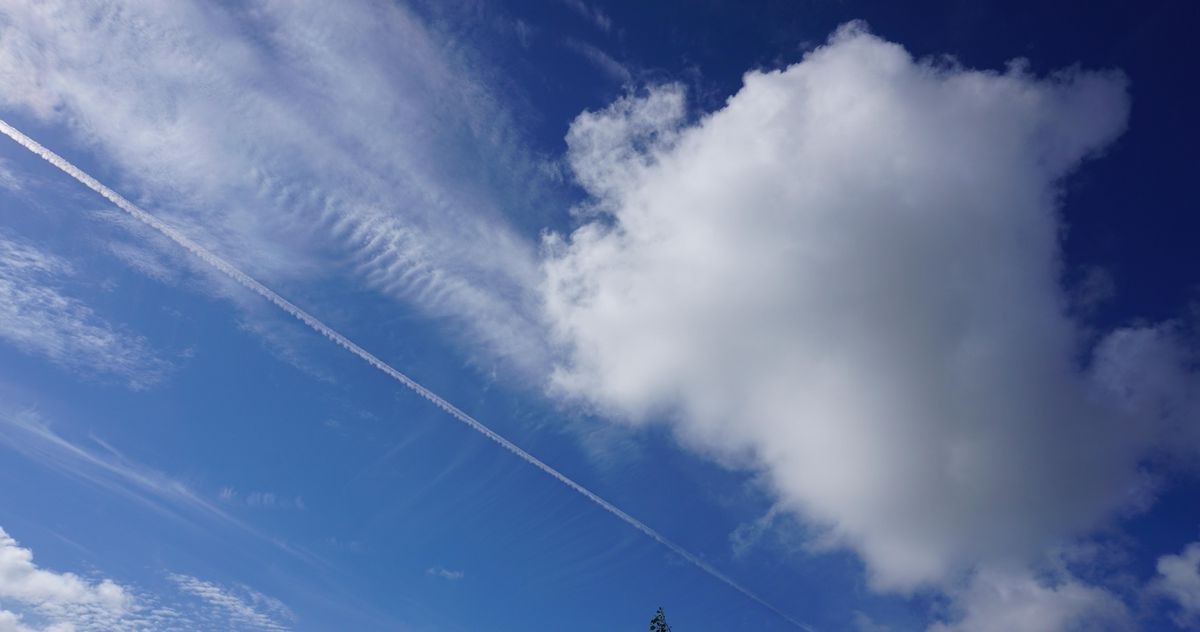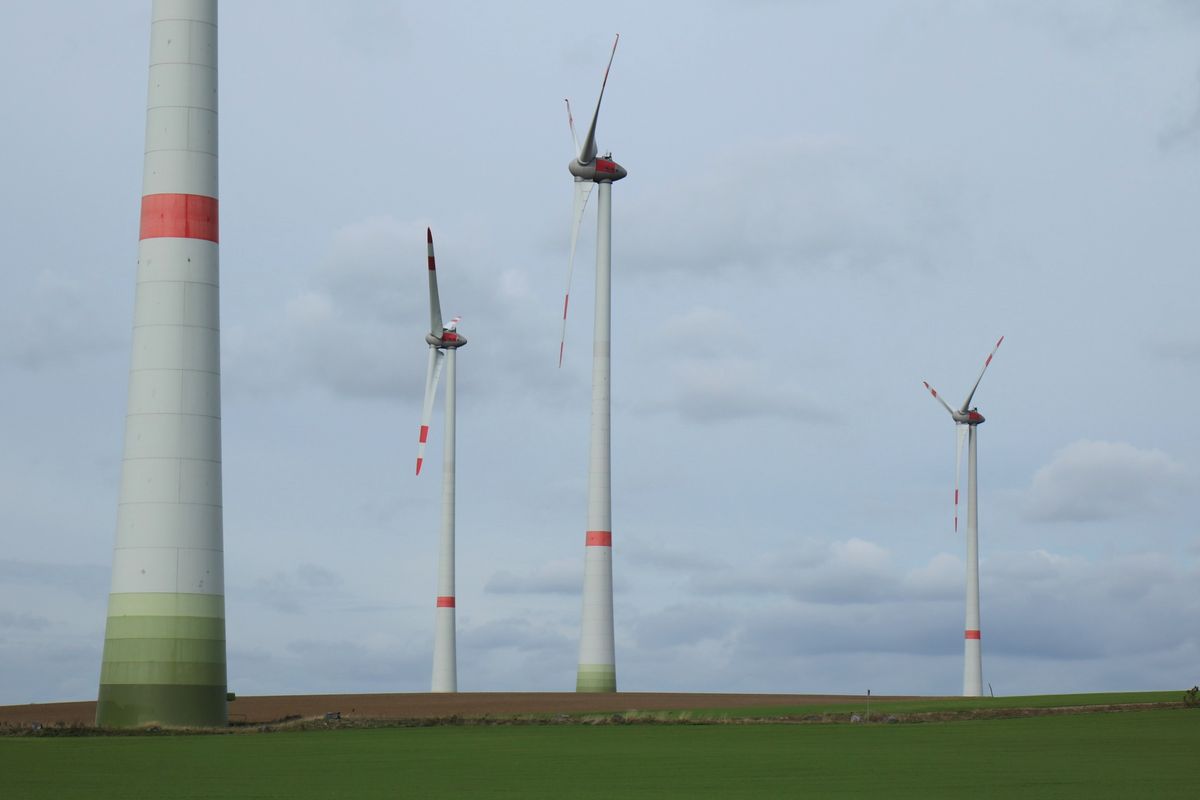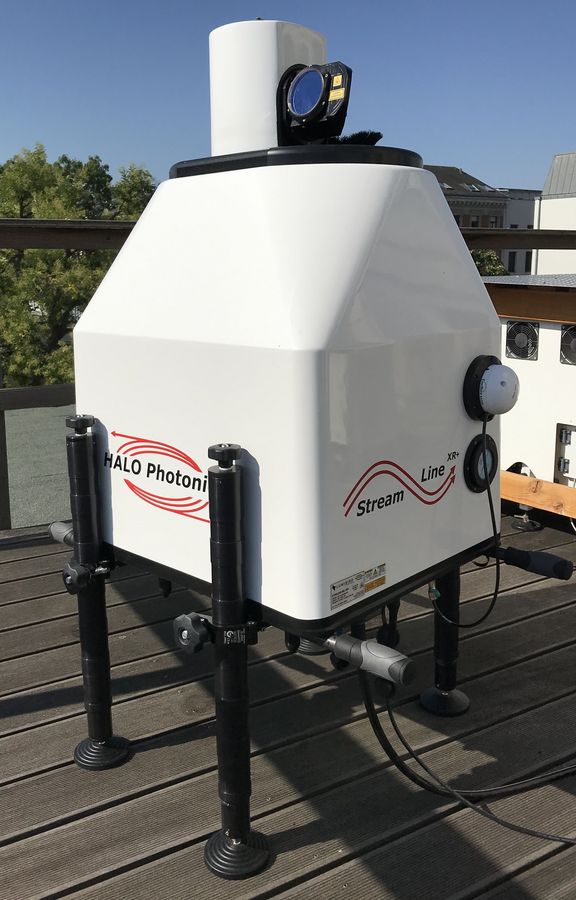Aerosol particles play a crucial role in cloud formation as they provide the surface in which water vapour can condense or cloud ice can form. Changes in the concentration of atmospheric aerosols affect cloud properties. These aerosol-cloud interactions still mark one of the largest sources of uncertainty in our understanding of climate change. A better understanding of these effects forms the core of the work in the research group Aerosols and Clouds.
Research profile
The scientific activities in the group Aerosols and Clouds is centred around the investigation of the interaction between aerosols and clouds in the atmosphere. The includes satellite-based studies of aerosol effects on the properties and life time of clouds, the investigation of the occurrence of Arctic clouds from ground-based remote sensing, the observation of Polar Stratospheric Clouds, and the assessment of the effect of aviation on naturally occurring cirrus clouds.
Main research
- Aerosol-cloud-precipitation-radiation-interactions (indirect aerosol effects)
- Active and passive satellite observations
- Retrieval of concentrations of cloud condensation nuclei and ice nucleating particles form spaceborne lidar measurements
- Quantification of cloud life time
- Effects of aviation of clouds and climate
- Properties of Polar Stratospheric Clouds
Current Research projects
Improving the power forecast of photovoltaic systems to support the energy transition and to investigate aerosol-cloud interactions
Project period: 01.01.2023 – 31.12.2024
Funding: European Social Fund Plus (ESF Plus)
Team:
- Junior scientists: Fani Alexandri, Felix Müller, Dr. Jonas Witthuhn
- Project lead: Jun.-Prof Heike Kalesse-Los, Dr. Matthias Tesche
- Participating scientists: Dr. Michael Schäfer, Dr. Andreas Foth, Prof. Dr. Johannes Quaas, Prof. Dr. Manfred Wendisch
Cooperation partner:
- Dr. Hartwig Deneke (Leibniz Institute for Tropospheric Research)
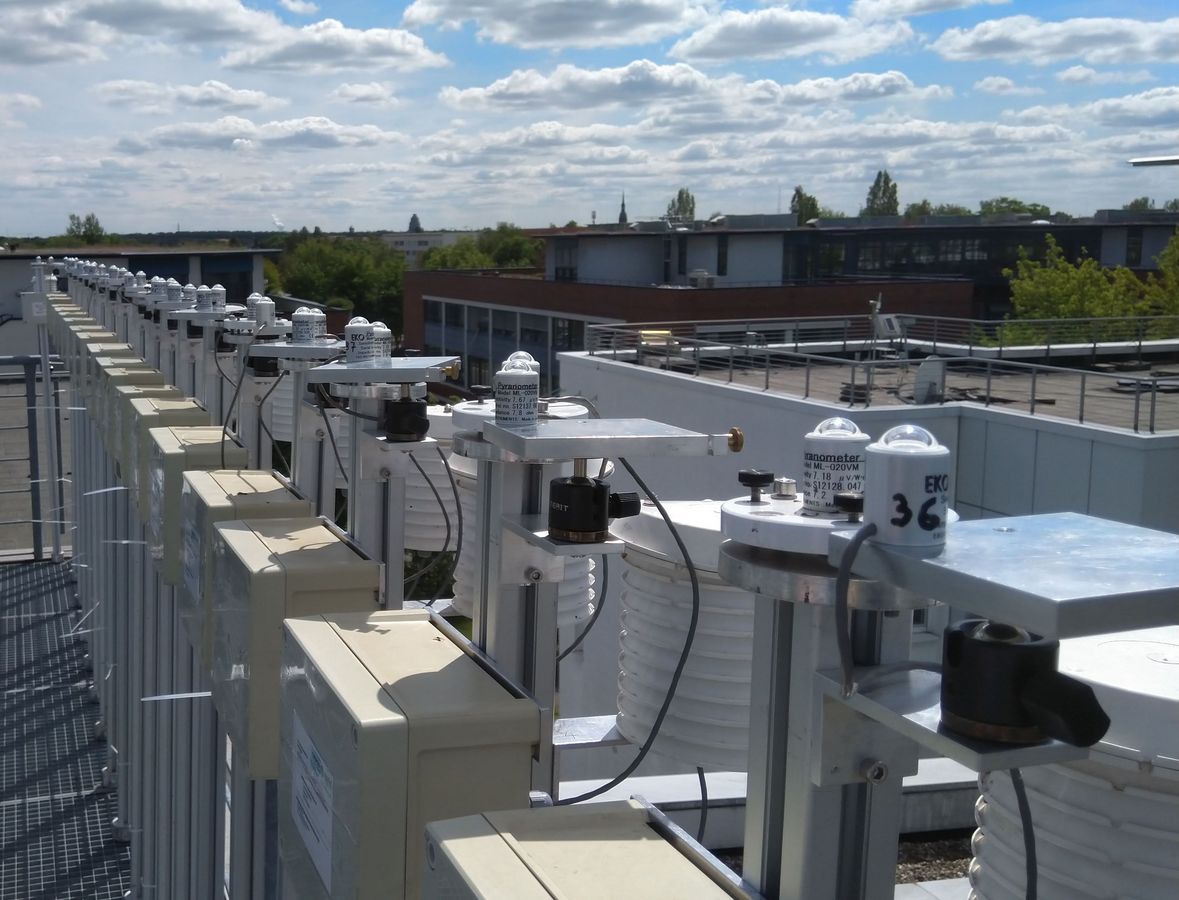
Ground-based and spaceborne remote sensing of the atmosphere is used for applied research on radiation, aerosols, clouds, and their interactions. It also provides important information for forecasting the generation of renewable energy. The type of cloud cover modulates the amount of solar radiation reaching the ground and thus influences the power generated by photovoltaic (PV) systems. Situations with broken cloud cover pose particular challenges. The causes are the extremely high variability of solar radiation, radiation reflected at cloud edges, and the influence of aerosol particles near clouds. By means of high temporal resolution solar radiation measurements with a spatially distributed pyranometer network, the radiation variability can be characterised for different amount of cloudiness and, in particular, for broken cloud cover. Such insights are significant for the planning and dimensioning of PV sites and power grids, and additionally provide scientifically relevant insights into aerosol-cloud interactions.
The high temporal and spatial resolution of today’s satellite observations enables unprecedented work on studying the behaviour of cloud properties over the life cycle of individual clouds, as well as the influence of aerosol particles on the properties of these tracked clouds.
Multilayer Arctic mixed phase clouds
Funding: Federal Ministry of Education and Research
Arctic clouds with their warm cloud tops (compared to the surface) can have a warming effect on the atmosphere. So far, studies of Arctic clouds have focussed on single-layer clouds, which form at boundary layer top. The radiative effect of clouds that occur at multiple heights simultaneously (multi-layer clouds) can be very different from that of single-layer clouds. This is because of
(i) more complex radiative transport,
(ii) adiabatic cooling of lower clouds, and
(iii) glaciation of lower clouds as a result of ice-crystal seeding from upper cloud layers.
MAMiP will address gaps in our scientific understanding of Arctic multi-layer clouds through four questions:
- What is the occurrence rate of Arctic multi-layer clouds compared to single-layer clouds?
- What is the occurrence rate of ice-crystal seeding in Arctic multi-layer clouds?
- Can simulations of Arctic multi-layer clouds with cloud-resolving models reproduce observations and provide insight into the dominating processes?
- Which factors determine ice-crystal seeding? What happens to seeded clouds?
- What is the role of multi-layer clouds in the Arctic amplification of global climate change?
Subproject: MAMiP:O - Observations of Arctic mixed phase clouds
Period: 01.07.2021 – 30.06.2024
Team: Dr. Peggy Achtert, Dr. Matthias Tesche
The working group analyses the observations beyond the MOSAiC data set.
Subproject: MAMiP:M
Team: Working group Cloud Physics at Karlsruhe Institut of Technology
The observed cases will be simulated with a cloud-resolving model to investigate the connection between radiative and microphysical processes, the predictability of multi-layer clouds, and their effect on the radiative budget at the surface.
Finished Research projects
Particles in Aerosol Cloud Interactions: Stratification, CCN/INP concentration and Could Lifecycle (PACIFIC)
The clock is ticking – the aims of the Paris Climate Agreement have made clear what needs to change. But many aspects of the climate change are still unexplored. With the new programme international researchers are now given the opportunity to explore these questions from the fields of climate change, energy transition and earth system research at German universities and research institutions.
The programme, designed by the Federal German Ministry of Education and Research (BMBF) and implemented by the German Academich Exchange Service (DAAD), traces back to the „Make Our Planet Great Again" initiative taken by the French president Emmanuel Macron. With their commitment both countries support the aims of the Paris Climate Agreement which are recognized as an urgent global challenge. The projects are carried out between the 1st May 2018 and the 31st December 2022. In this period the research groups can dispose of a budget of up to 1 Mio. EUR (Junior Researcher) or 1.5 Mio. EUR (Senior Researcher).
Period: 01.01.2019 – 31.12.2022
Team: Fani Alexandri, Dr. Peter Bräuer, Goutam Choudhury, Dr. Torsten Seelig, Felix Müller, Dr. Matthias Tesche, Dr. Diego Santiago Villanueva Ortiz, Sabine Doktorowski
Atmospheric aerosol particles are of great importance for cloud formation in the atmosphere because they are needed to act as cloud condensation nuclei (CCN) in liquid-water clouds and as ice nucleating particles (INP) in ice-containing clouds. Changes in aerosol concentration affect the albedo, development, phase, lifetime and rain rate of clouds. These aerosol-cloud interactions (ACI) and the resulting climate effects have been in the focus of atmospheric research for several decades. Nevertheless, the IPCC still concludes that ACI cause the largest uncertainty in assessing climate change as they are understood only with medium confidence.
PACIFIC will improve our understanding of ACI (1) by enhancing the representation of the aerosols relevant for cloud processes and (2) by quantifying temporal changes in cloud properties throughout the cloud life cycle. ACI studies using polar-orbiting sensors are limited to snap-shot observations of clouds. CCN concentrations for assessing ACI are currently estimated from column- integrated optical aerosol parameters. There is no such proxy of INP concentrations for remote-sensing studies of aerosol effects on cold clouds as INP activity depends on aerosol type and size. Quantifying the role of aerosols in ACI requires knowledge of the spatial and vertical distribution of CCN and INP. I will use my experience in advancing state-of-the-art lidar retrievals to obtain unprecedented insight in CCN and INP concentrations from spaceborne lidar data. In addition, I will characterise the development of clouds before and after the snap-shot view of polar-orbiting sensors by tracking those clouds in time-resolved geostationary observations. This novel information will be used to study the effects of CCN and INP on the albedo, liquid and ice water content, droplet and crystal size, development, phase and rain rate of clouds within different regimes carefully accounting for the meteorological background. The findings of PACIFIC are crucial for assessing and improving the performance of climate models.
Instrumentation
Doppler LIDAR Stream Line | Stream Line XR
Manufacturer: Halo Photonics, METEK Meteorologische Messtechnik GmbH
Operating wavelength: 1,5 µm, nominal range from 50 m up to 5000 m
Application:
The pulsed „Stream Line“ Doppler Lidar system delivers profiles of back scatter intensity from aerosol or clouds, Doppler wind components and derived profiles of horizontal wind speed and wind direction.
The scanning unit allows complex scan patterns within the whole upper hemisphere. Metek adds sophisticated routines to derive vertical wind profiles from arbitrary 3D scan patterns, to install up to three virtual wind masts and to display the output variables by our Metek Graphics.
